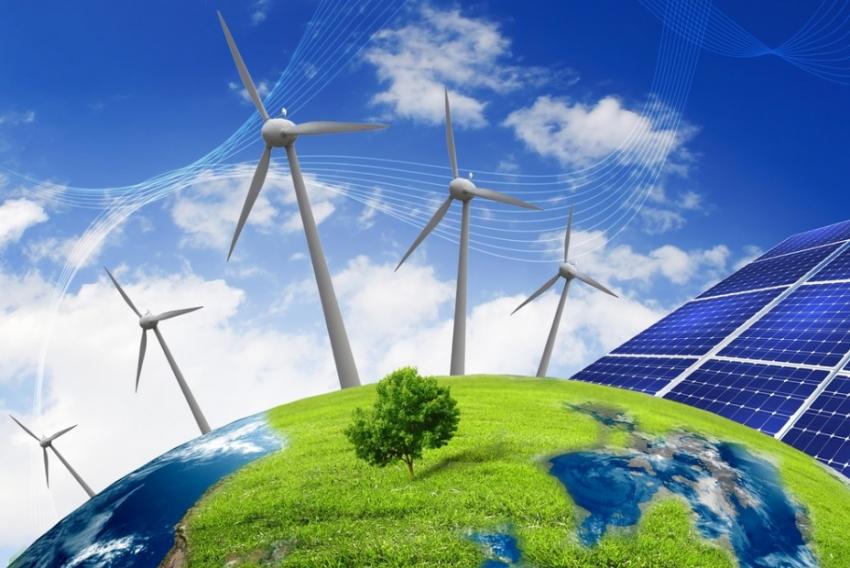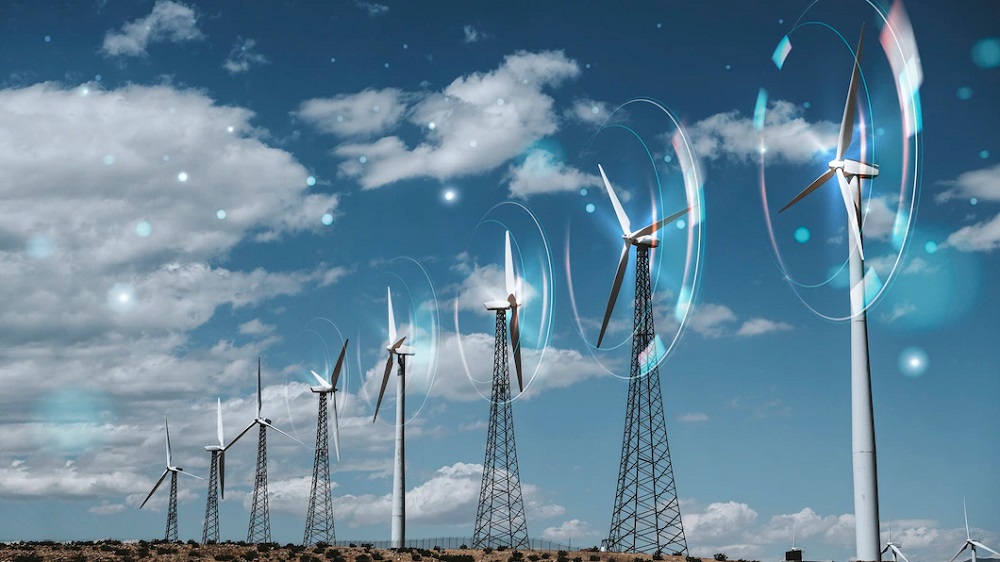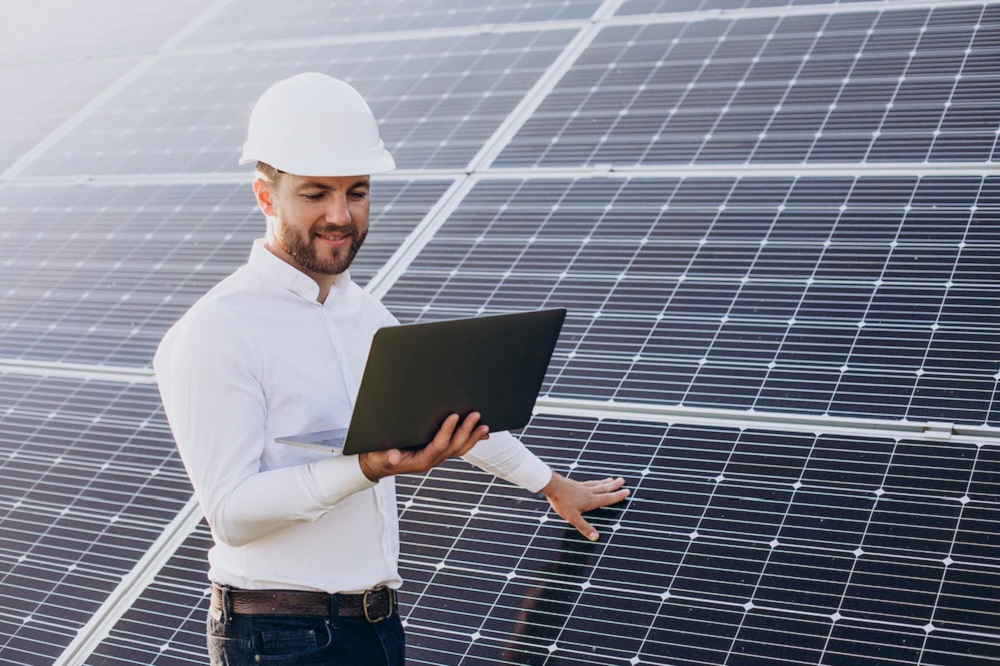In support of energy independence – ideas for new generation funds
Europe invests 3 billion euros in clean technologies and EU authorities ensure that everybody is aware of this thick amount. Is the fund industry part of that and how funds could be part of that program? Private equity vehicles could be the big winners.
The European Commission has published a call for proposals for multi-disciplinary projects under the EU Innovation Fund (the Fund). The budget, which has been doubled to 3 billion euros, will finance large-scale efforts to deploy industrial solutions for Europe’s the decarbonization.
The goal is to reduce EU’s dependence on fossil fuels
The said budget will finance the following projects:
– Total decarbonization (budget: 1 billion euros) – for innovative projects in the field of renewable energy, energy industries, energy storage or carbon capture, use and storage, substitutes for carbon-intensive transport fuels (in particular low-carbon transport fuels, including for transport by air and sea);
– Innovative electrification in industry and hydrogen production (budget: 1 billion euros) – for innovative electrification methods to replace the use of fossil fuels in industry and for the production of hydrogen from renewable sources or the penetration of hydrogen in industry;
– Clean technologies (budget: 0.7 billion euros) – for innovative products and complete equipment for electricity and fuel cells, renewable energy, energy recovery and heat pumps;
– Medium-sized pilot projects (budget: 0.3 billion euros) – for high-investment projects in critical or disruptive technologies for deep decarbonization in all pathways acceptable to the Fund. The projects should implement the innovation in an operational environment, but they will not be expected to reach the stage of a large-scale demonstration or rapid production.
The projects will be evaluated by independent assessors on the basis of their level of innovation, their potential to avoid greenhouse gas emissions, the European Commission said. In addition, their environmental, financial and technical maturity will be monitored, as well as their potential for scale-up and cost-effectiveness. Attention to green washing tentatives again! Even though the jury selection is more than ruthless.
The program is open to projects implemented in EU Member States, Iceland and Norway, with a deadline of 16 March 2023.
Projects that have not reached the required maturity level to receive a grant, may benefit from development assistance provided by the European Investment Bank (EIB).
The European Union plans to reduce its dependence on Russian fossil fuels by 2027 and increase its capacity in renewable energy. This is in line with its ambition to become climate neutral by 2050. Is this realistic and can the European Union afford it? We take stock of the situation in figures, from the Commission, as well as from Spain, the champion of solar energy, which can play the role of main horse in that internal race.
The European Union must reduce its dependence on Russian fossil fuels and tackle climate change. The European Commission has drawn up an action plan called REPowerEU, which aims to end this dependence by 2027 and includes developing and accelerating the use of renewable energy.
This plan will cost 210 billion euros and significant investments are required. This is where InvestEU, the European Union’s flagship investment program, comes in. It operates in partnership with the European Investment Bank (EIB) and has a 26 billion euros guarantee from the Union. This reassures investors and should make it possible to mobilize more than 370 billion euros of public and private funds.
Its funding focuses on four areas: sustainable investment, innovation, social inclusion and job creation, and at least 30% of it must contribute to making Europe carbon neutral.
Spain bets on solar energy with EU support
One of the goals of the REPowerEU plan is to double Europe’s solar energy production capacity over the next two and a half years. Between Valladollid and Salamanca, photovoltaic panels dominate the landscape. On site, a set of seven solar power plants has been built since 2020, thanks in part to InvestEU.
“Of course, Spain is an ideal place to build these plants because it is one of the countries with the most hours of sunshine per year,” says Silvia Alonso Guijarro, communications manager at Solaria. “These seven photovoltaic plants have a capacity of 261 MW: this means that they produce 477 GWh of electricity per year,” she adds.
This will provide electricity to more than 120,000 homes. To finance this project, it was necessary to combine public and private financing. The EIB played a crucial role in financing the project. Of the 189 million euros, it provided 54 million in the form of a loan or guarantee facility and acted as an intermediary for further 14 million.
As a result, more than a third of the total project cost was already financed. This reassured the private investors who financed the remaining 89 million euros, as Fernando Torija, Director of the EIB’s Spanish office, points out. “We are betting on the future of these companies,” he says, “so it speaks to other investors and mainly funds who may be involved in these companies, whether they are financial or equity holders, and it allows these companies to make themselves known by highlighting the quality label that the EIB gives them.”
The crisis in Ukraine has highlighted the real needs of European countries
The original goal of InvestEU was to finance both a green and digital recovery. But with the war in Ukraine and the sanctions against Russia, this type of program can also participate, today, in the effort of European emancipation from Russian gas and oil.
“Our intention is to continue developing projects,” says Darío López Clemente, chief operating officer at Solaria, before adding, “We are also working with the EIB on more financing and a wider range of projects. I think that the crisis in Ukraine has highlighted the real needs of European countries: we are totally dependent on energy sources that we do not have in Europe, we must realize the importance of energy for us and the only way to solve this situation is with renewable energy,” he said. “It is an emergency: it is not over four or five years that we must develop all these sources – it would be too slow -, we must do it in one or two years maximum,” he insists.
Since May, the European Commission has launched its REPowerEU plan, which will have to tackle non-financial obstacles such as the granting of administrative authorizations.
More concretely, on 18th May 2022, the European Commission presented its action plan to end the European Union’s dependence on Russian fossil fuels, which are used as an economic and political weapon and cost European taxpayers 100 billion euros a year, while combating climate change. Called REPowerEU, the package focuses on strengthening energy savings, diversifying supplies, and accelerating the deployment of renewable energy. In all these areas, the municipalities are in the front line.
REPowerEU aims to reduce dependence on fossil fuel imports from Russia, while accelerating the green transition. The plan focuses on energy savings and accelerated deployment of renewable energy, including the joint adoption of a European Energy Savings Plan, a European Solar Energy Strategy, a Biomethane Action Plan, and a series of measures to improve the authorization procedures for renewable projects.
The European Commission estimates that investments of about 210 billion euros by 2027 will be needed to achieve the objectives of the REPowerEU plan. At the heart of REPowerEU is the Recovery and Resilience Facility (RRF), which will have an increased budget of 20 billion euros. Member States will also have the possibility to allocate funds under the cohesion policy and the European Agricultural Fund for Rural Development (EAFRD).
In concrete terms, municipalities can contribute to REPowerEU’s objectives through multiple levers: promotion of energy savings, investments in heat pumps to replace gas boilers, development of renewable heat networks, renovation of buildings, deployment of solar panels, local production of biomethane, development of soft mobility… Municipalities can act directly on their assets and by supporting projects on their territory. Local authorities are key players in ensuring the commitment and support of citizens and companies in the energy transition. In parallel, the investment funds could be the armed arm of the whole operation, by selecting the right projects bringing the right impact.
Ivaylo Markov, Managing Partner of Thales Capital











